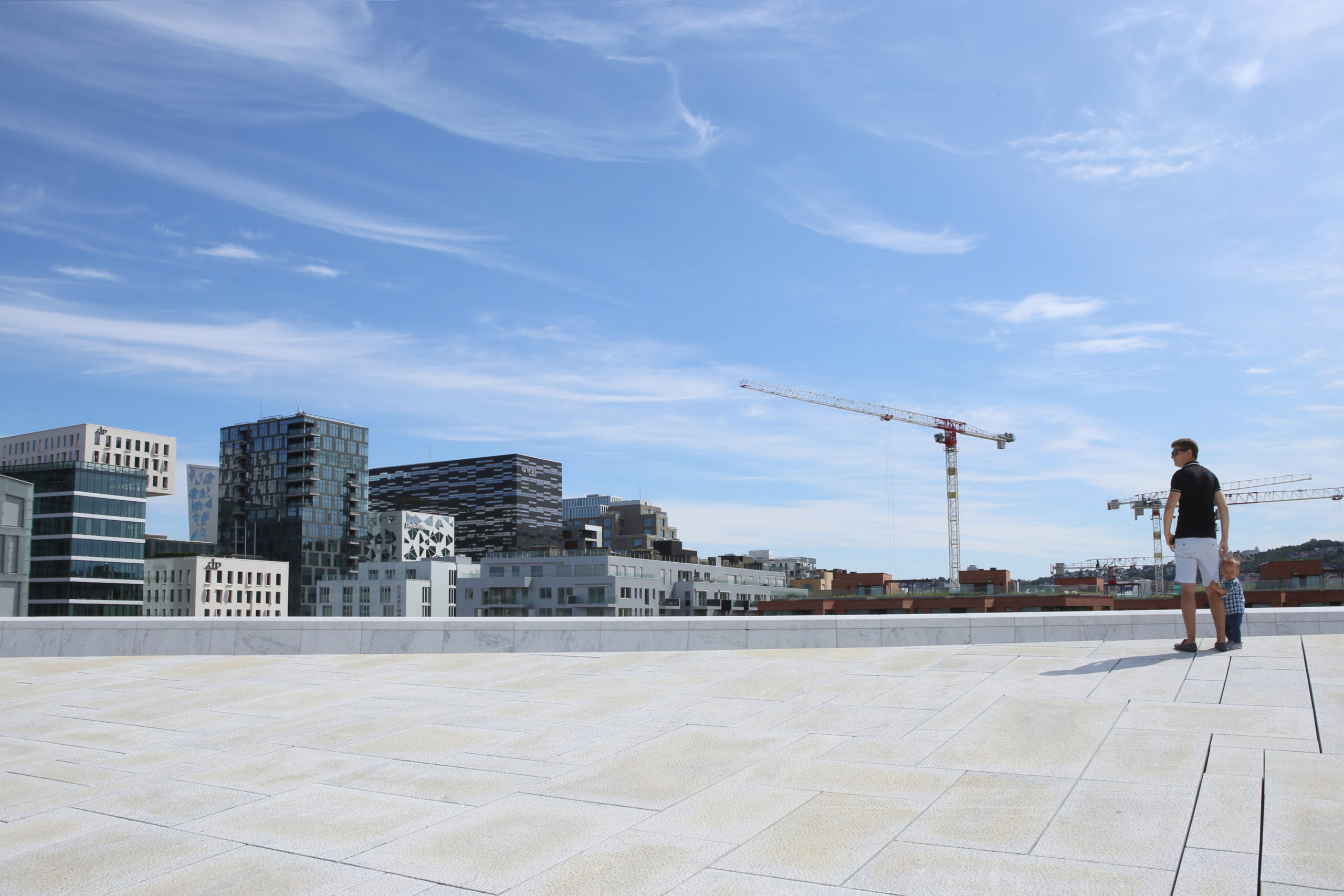Elastomeric coatings are liquids that are nearly 10 times thicker than standard paint, but can be applied the same way. These coatings are waterproof and contain more solids than standard paint, which allows them to be more flexible and durable than their traditional paint counter-parts. Elastomeric coatings are used for exterior projects like concrete, stucco, and masonry walls, as well as low-slope roofs.
WHY SHOULD I USE ELASTOMERIC COATINGS?
Elastomeric coatings are waterproof and can be layered to seal small cracks and holes. These coatings also help prevent UV damage from the sun’s harsh rays, which could cause the need for costly roof repair and replacement in the future. Depending on the color of your coating, a white elastomeric roof coating can aid in cooling a building by reflecting the sun’s light, or a grey one could aid in heating the building in the winter months. Elastomeric coatings are great additions to both commercial/industrial and residential buildings.
HOW LONG DOES ELASTOMERIC COATING LAST?
Simply put, elastomeric roof coatings can last between 10 and 20 years, depending on the initial application thickness. For the longest life possible, it’s recommended that the roof undergoes an annual inspection and maintenance. Roof coating inspectors will look for early signs of impactful damage from intense winds and storms, debris, and foot traffic. Minor repairs are easily conducted by elastomeric coating contractors and can preserve the roof’s immaculate condition for up to 20 years.
HOW MUCH DOES ELASTOMERIC COATING COST?
Elastomeric coatings can cost anywhere from $14-65 dollars per gallon, depending on the type of material desired. Although elastomeric coatings are applied like paint, it’s highly recommended that customers enlist professional elastomeric coating contractors to do the labor on any large projects as the installation requires expertise, knowledge, and safety precautions. Therefore, it’s important to factor in labor costs as well as cost per gallon when planning a roofing project.
HOW DO I CLEAN ELASTOMERIC COATING?
It’s essential but simple to make sure that the elastomeric coating is taken care of between annual inspections. Cleaning the roof is a great way to ensure there is no stray debris to damage the seal. “Chalk” is the powdery substance caused when the elastomeric coating is exposed to harsh UV rays, mildew, and mold. Though this residue is natural, it can become potentially damaging if it builds up. For large or small roofs, a power washer makes quick work of cleaning the area quickly and effectively, especially when mixed with a TSP, or trisodium phosphate, solution.

